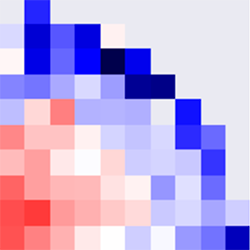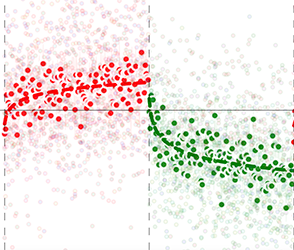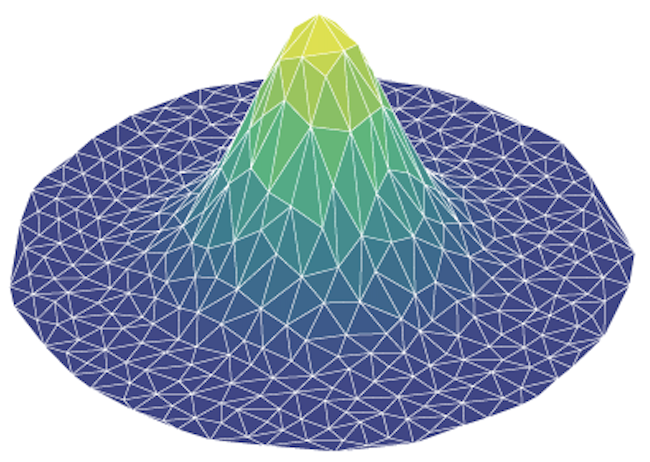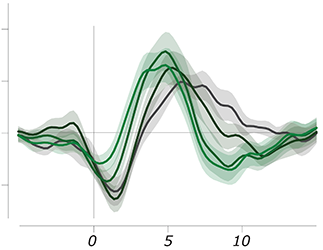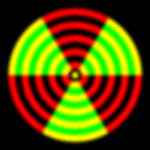We are the Computational Cognitive Neuroscience Lab led by Tomas Knapen. The lab is equally based both at the Cognitive Psychology department at the Vrije Universiteit Amsterdam, and at the Spinoza Centre for Neuroimaging of the Royal Dutch Academy of Sciences.
We perform computational modeling, imaging, psychophysics, and eye movement experiments to investigate how activations in the brain give rise to our conscious awareness of ourselves and the world around us. Our "Spiel" is that we try to understand the structure of the brain's responses, even those of high cognitive function, in light of vision and other sensations. Specifically, we investigate how sensory information intermixes with cognitive factors such as attention, semantic processing, and reward. For more information on the topics we research, please see the science section, or click any of the topics further below on this page.
For information on the procedures that we use in the lab, please consult the lab wiki
And, if you want to follow the goings-on in the lab, you can follow the lab on Twitter:
Follow @tknapen-
Recent publications from the lab
Our lab has recently published a couple of papers on pupil responses and fMRI of eye-movement influences on visual cortex.
-
New Marie-Curie Post-Doc Martin Szinte
Martin Szinte is starting as a Marie Curie Post-Doc in the lab!
-
New Post-Doc Martijn Barendregt
Martijn Barendregt is starting a Post-Doc in the lab!
-
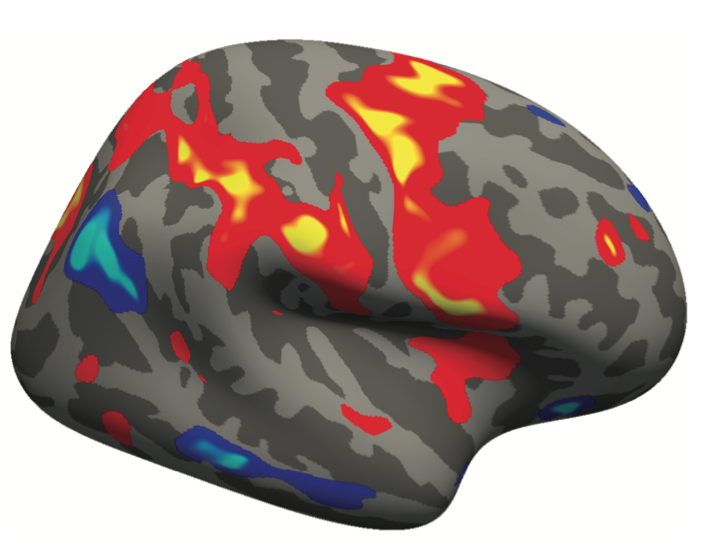
New paper out in Nature Neuroscience!
Paper on neural correlates of perceptual switches in bistable perception published!
